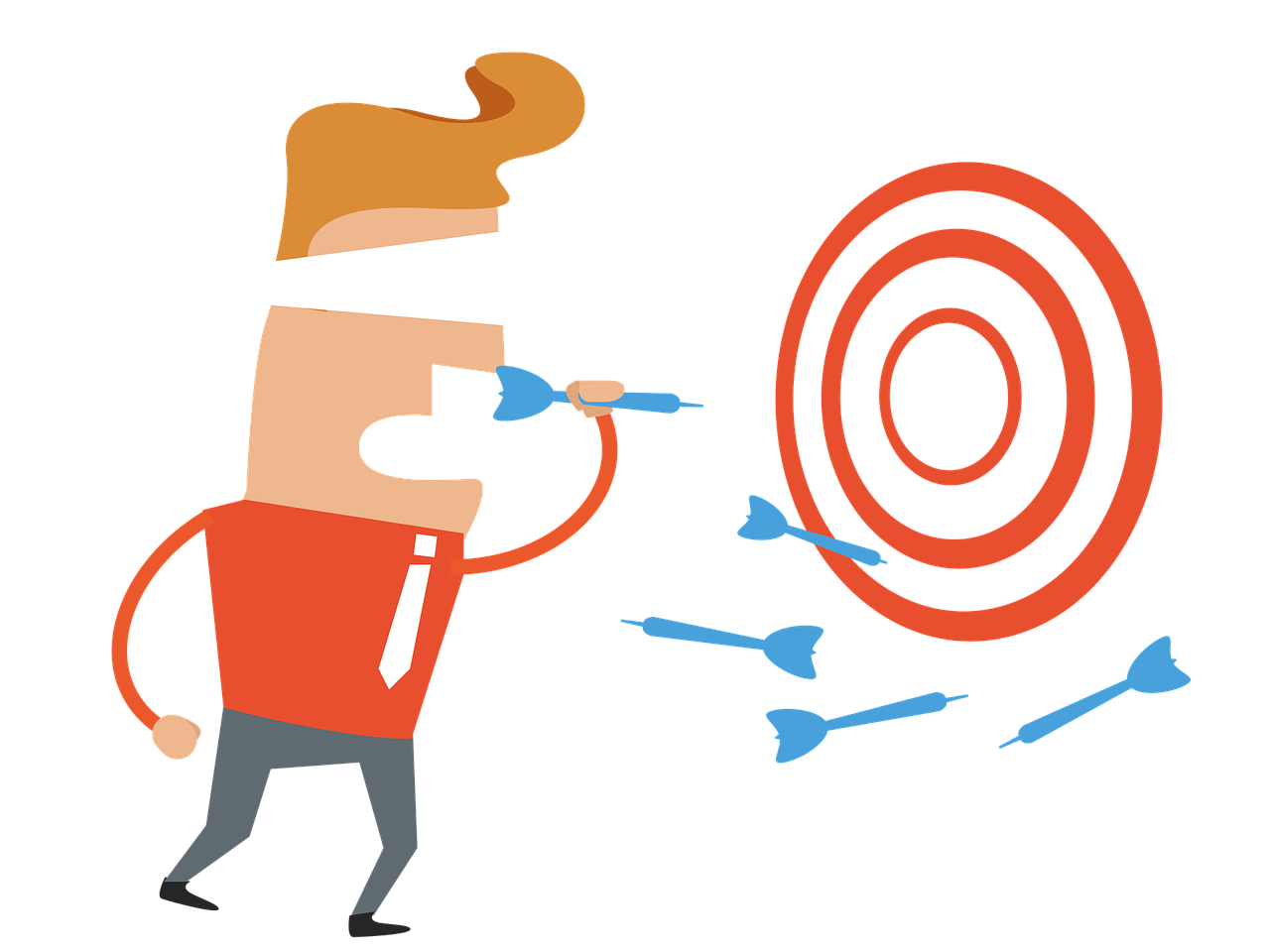A complex and challenging realm is product management, where some successes are glorified but the most profound lessons come from failures. Figuring out why products fail helps product managers avoid common mistakes, improve their tactics, and in the end generate more successful offerings. These were a few of the important takeaways for product managers from famous product failures.
Cruciality of market research
One of the primary reasons why products fail is that there is not enough market research. Product managers who do not know much about target markets will be unable to get critical customer insights into individual requirements.
Case Study: Google Glass
The Google Glass was an innovative item with advanced technology that never caught on with consumers. Its main problem was that Google had not fully grasped how prepared the market was for such a gadget. The high cost, concerns regarding data privacy as well as unavailability of a clear consumer use case contributed to its downfall.
Lesson: Perform extensive market research to apprehend your target audience’s needs, behaviors, and pain points. Verify your assumptions using data gathered from potential customers and given feedback by them.
You Cannot Bargain for Product-Market Fit
Innovative or not, a product needs to solve a real problem for its intended target market. However much planning goes into a product’s design, without solid product-market fit, it might still fail.
Case Study: Segway
It was touted as the greatest invention of personal transportation but Segway never really became popular. Potential users of this device felt that it did not fit into their lives well while others thought it was a solution in search of a problem.
Lesson: Have something people need or an issue that requires solutions in your product. Keep on testing and iterating until you find the right match between your products and the market.
The Element of Time
A great product launched at the wrong time can still fail. Market readiness, competition dynamics, and availability of complementary technology are all driven by this element; Timing.
Case Study: Microsoft Zune
The Microsoft Zune emerged as an alternative to iPods once upon a time. Despite having great features, it came late to the market already dominated by the Apple ecosystem. It wasn’t easy for Zune because of the timing.
Lesson: Watch out for the trends in the market, technology advancements, and what competitors doing around you before launching your product into the market.
Marketing and Positioning
For marketing and positioning to be effective, a product must also be top-notch in its quality. The way a product appears before the market can go a long way in determining how successful it becomes.
Case Study: New Coke
The 1980’s saw Coca-Cola unveil New Coke, an altered version of its old fizzy drink. This item flopped enormously because it was not what loyal customers were expecting from their classic formula. A marketing strategy that did not connect with the consumers resulted in reactance.
Lesson: Have a strong marketing plan that unambiguously conveys the value proposition of your product and services. Know what your target group expects and place it accordingly.
User Experience Matters
A difficult-to-use or unsatisfying product may quickly fall out of favor with users.UX matters in products.
Case Study: Windows Vista
Windows Vista met strong criticism for providing poor user experience. Problems like compatibility issues, slow performance, and intrusive security features led to negative feedback by users which caused its downfall in the market.
Lesson: Give priority to user experience right from inception at all costs; test usability as well as gain insight into how your product works so that its design is user-friendly, dependable, and meets user expectations.
Adaptiveness and Promptitude
It is essential to adapt to dynamic market conditions and client feedback. If the market changes, sticking to an initial plan can fail.
Case Study: BlackBerry
Once a leader in the smartphone business, BlackBerry’s failure to adapt to the touchscreen revolution and the emergence of app-centric operating systems led to its decline. Competitors such as Apple and Android soon outstripped it because they have more adaptable and user-friendly devices.
Lesson: Stay flexible and responsive to market changes and customer feedback; be willing to pivot or iterate on your product when necessary.
Ensure Proper Product Development and Testing
Launching a product before it has been properly developed or tested can lead to a range of problems including overall poor performance, bugs, or security vulnerabilities.
Case Study: Samsung Galaxy Note 7
Samsung Galaxy Note 7 was recalled for exploding batteries which caused significant damage in terms of reputation loss for the company. The problem was related to hasty production that came along with inadequate testing.
Lesson: Conduct rigorous testing protocols coupled with comprehensive quality assurance procedures before launch; anticipate possible stumbling blocks that could serve as setbacks later on.
Grasp Regulatory and Compliance Requirements
Ignoring the regulations and mark of compliance may lead to a product being dragged out of the market or facing significant legal challenges.
Case Study: Juicero
Juicero, an innovative start-up that sold technologically advanced juice extractors, collapsed because it failed to conform to health and safety standards. Furthermore, the product was censured for being superfluous and expensive making it more unappealing to prospective customers.
Lesson: Be aware of relevant industry regulations and compliance norms. Ensure that your product satisfies all the legal and safety needs before you launch it in the market.
Conclusion
The failure of products provides important lessons that can aid product managers in developing successful products. This understanding helps them operate better within the complexities associated with product development through appreciating such factors as market research, product-market fit, timeframes marketing communication, user interface experience design, adaptability & flexibility, right development & testing process stages as well as adhering to regulatory requirements. These lessons serve not only as a safeguard against common errors but also create a learning environment for progressive growth where innovation thrives and efficiency improves.
Views: 0




Leave a Reply